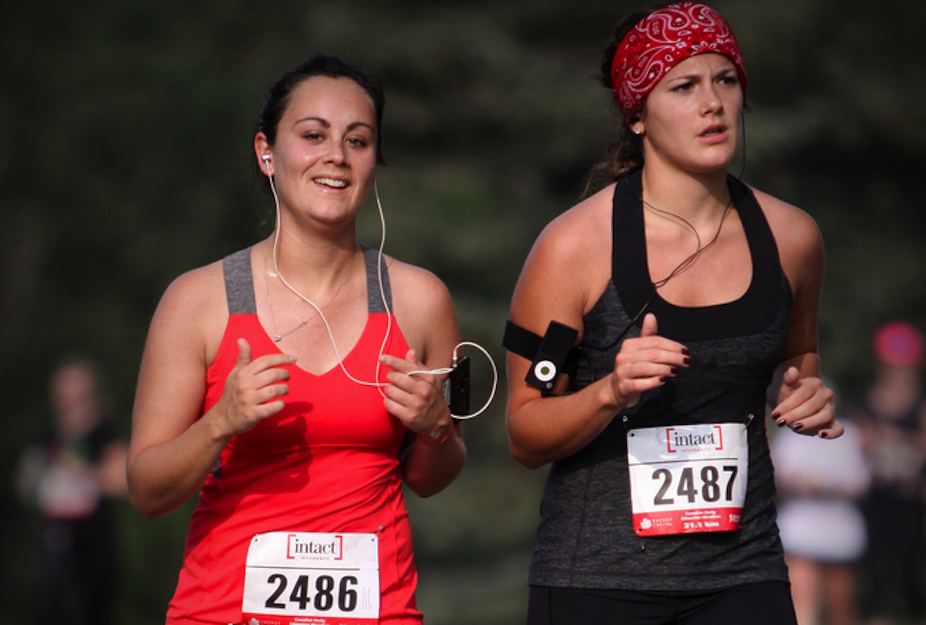A new study out of Michigan State University and published in the Annals of Behavioural Medicine could shed some light on how to manage our motivation to exercise – by training with people that are fitter and stronger than us.
Of course, the concept of exercising in groups is not new. Research by Emily Kahn and colleagues from 2002 suggested community social support and community-wide education are both facilitators to increased participation in physical activity.
Not only that, but basic laboratory evidence has shown that having people work together on a task can reliably boost task motivation (with the right conditions, of course).
This phenomenon, known as the Köhler effect, is simply explained.
Consider a group of individuals working together. The weakest member of that group tends to be more motivated when working with partners that are moderately more capable than them, compared with working individually. This is especially the case when the group’s final performance relies on that of the weakest member.
Building on the Köhler effect, the researchers from Michigan State – led by kinesiologist Brandon Irwin – wanted to determine whether having an exercise partner would influence participants’ motivation during aerobic exercise.
“So what’s novel about that?”, I hear you ask.
Well, the researchers utilised the services of a virtual training partner to see whether that would affect the subject’s motivation. (Imagine exercising with a training partner, minus them actually being there next to you physically. Think Kinect Sports against an avatar you could never quite match physically.)
In all, 58 women were recruited to participate in a laboratory-based study consisting of six, 60-minute sessions within a four-week timeframe. The tests were done on a stationary bike and the participants were randomly assigned to one of three conditions:
- co-active: exercising alongside another person, independently
- conjunctive: performance determined by whichever partner stops exercising first where they exercised with a superior partner
- individual: exercising alone.
After being instructed on how to wear and use a heartrate monitor, the participants were asked to maintain a specific cadence (revolutions per minute) on the bike.
The heartrate monitor ensured that each participant stayed within moderate intensity thresholds which was calculated to be at 65% of heartrate reserve (HRR).
In the experimental condition, participants were assigned a “virtually present partner” as their teammate for the ride and were told that their partner was going to be riding in another lab.
Participants then met their confederates via Skype … although this interaction was pre-recorded.
Plenty of outcome data were measured during the tests, including self-efficacy (a measure of one’s own confidence), intention to exercise, ratings of perceived exertion and power output.
So what was found?
Most simply put, conjunctive condition participants (that is, when you’re training with your annoying buddy who always has to beat you, if only just) exercised significantly longer than those in co-active and individual conditions.
So, what are the things we should be cautious about when interpreting this research? How about the all-female, university physical activity students recruited to participate?
One could argue that physical activity students may not represent the motivation level of the general population. After all, they must have an interest in movement to be studying physical activity at a tertiary level, right?
While previous research has shown no gender difference in the Köhler effect study, one could argue that it is a representative sample in the participant pool.
It’s worth noting that the Köhler effect is yet to be demonstrated in the “real world”, outside of a lab setting. I told you this motivation and physical inactivity issue is complex!
So, given that, what have we learned from an applied perspective?
Well, virtually present partners who always beat you can help improve your aerobic performance across multiple sessions … even if we competitive types might suffer from bruised egos.
You might always have to finish second to improve your motivation but at least you don’t have to worry about falling out with your virtual partner.

